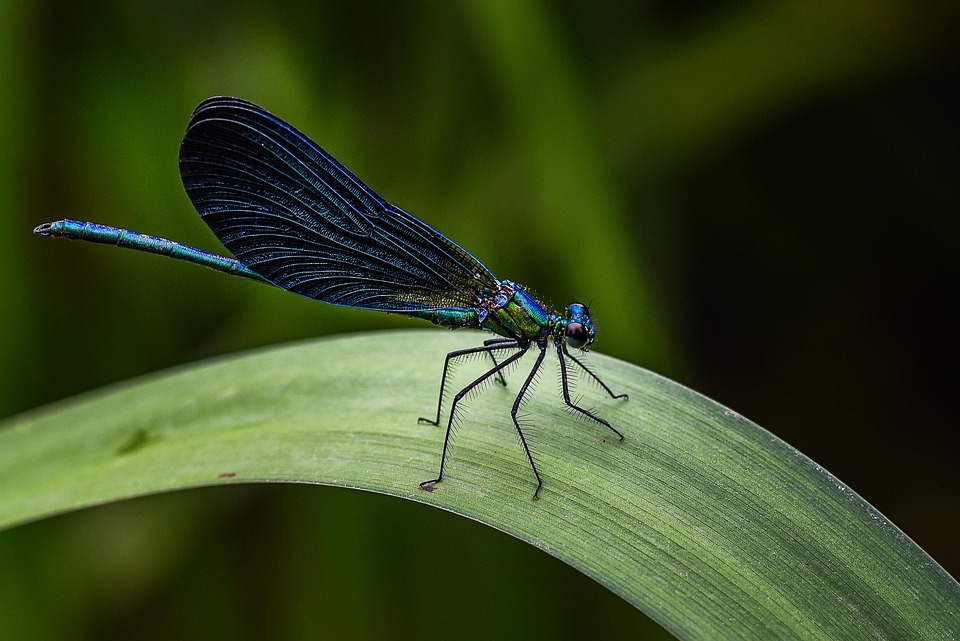Natural Defense: How to Make Your Own Bug Spray with Simple Ingredients
As summer approaches, so do pesky insects that often find their way into our homes, gardens, and outdoor spaces. Many commercial bug sprays are laden with chemicals that can be harmful to both human health and the environment. Fortunately, you don’t need a PhD in chemistry to create an effective, natural bug spray using simple ingredients you may already have at home. This article will guide you through the process and offer insights into different natural ingredients known for their insect-repelling properties.
Why Choose Natural Bug Spray?
Many people are becoming more aware of the potential side effects of synthetic chemicals found in over-the-counter bug sprays. Here are a few reasons to opt for a natural alternative:
- Safety: Natural ingredients are usually safer for children and pets, reducing the risk of accidental exposure or ingestion.
- Environmentally Friendly: Homemade bug sprays are less likely to contribute to pollution in local ecosystems.
- Cost-Effective: Creating your own bug spray is often cheaper than buying commercial products.
- Customizable: You can adjust the ingredients based on personal preferences, needs, and the specific bugs you’re targeting.
Essential Ingredients for Your DIY Bug Spray
-
Essential Oils: Many essential oils possess insect-repelling properties. Popular choices include:
- Lavender: Known to repel mosquitoes and other flying insects.
- Peppermint: Effective against spiders, ants, and moths.
- Eucalyptus: A natural mosquito repellent with a fresh scent.
- Tea Tree Oil: Useful for repelling a variety of insects due to its antifungal properties.
-
Vinegar: White vinegar or apple cider vinegar can repel ants and fruit flies. It also helps cleanse surfaces and odors.
-
Neem Oil: Extracted from the seeds of the neem tree, neem oil acts as a natural pesticide, effective against a range of insects, including aphids and mites.
-
Witch Hazel: This natural astringent can be mixed with essential oils to enhance the bug-repelling properties and is gentle on the skin.
- Soap: A few drops of natural liquid soap can help the spray adhere to insects and disrupt their protective outer layer, leading to their demise.
Simple Recipes for Homemade Bug Spray
Recipe 1: Essential Oil Bug Spray
Ingredients:
- 10-15 drops of essential oil (choose from lavender, peppermint, eucalyptus, or tea tree)
- 2 tablespoons of witch hazel or vodka
- 2 cups of water
- A clean spray bottle
Instructions:
- Combine the essential oil and witch hazel in the spray bottle.
- Add water and shake it gently to mix.
- Before each use, give it a good shake to ensure the oils are evenly distributed.
- Spray around your home, patio, and on your skin (conduct a patch test first).
Recipe 2: Vinegar Ant Spray
Ingredients:
- 1 part water
- 1 part vinegar (white or apple cider)
- A few drops of dish soap
Instructions:
- In a spray bottle, mix equal parts water and vinegar.
- Add a few drops of dish soap and shake gently.
- Spray directly on ants and their trails to disrupt their pheromone signals.
Recipe 3: Neem Oil Pest Deterrent
Ingredients:
- 1 teaspoon of neem oil
- 1 liter of warm water
- A few drops of liquid soap
Instructions:
- Combine neem oil, warm water, and soap in a spray bottle.
- Shake well to mix and use immediately.
- Spray on plants and around outdoor spaces to deter pests like aphids and spider mites.
Tips for Effective Use
- Application Timing: Apply your homemade bug spray in the evening or early morning when insects are most active.
- Reapplication: Natural sprays may wear off quicker than chemical ones, so reapply every few hours or after rain.
- Storage: Store any leftover spray in a cool, dark place. Most homemade bug sprays should be used within a few weeks.
Conclusion
Making your own bug spray is a simple and effective way to protect yourself from unwanted pests while being kinder to your body and the planet. With a few easy-to-find ingredients and a little creativity, you can create a natural defense system that effectively wards off insects without the risks associated with commercial sprays. So gear up for summer, enjoy the outdoors, and embrace these natural alternatives for insect control!
